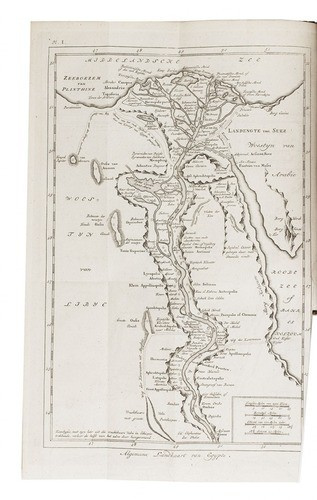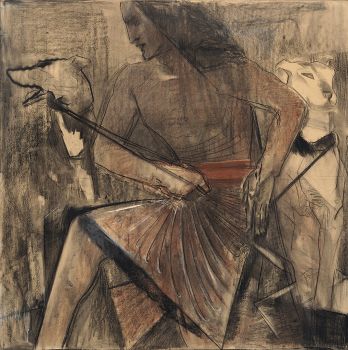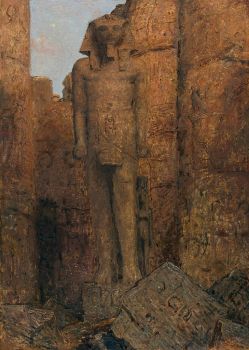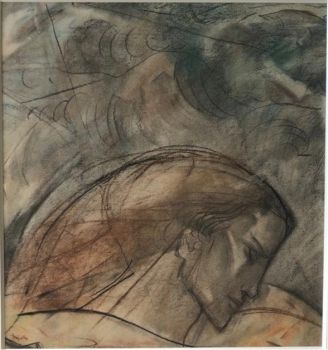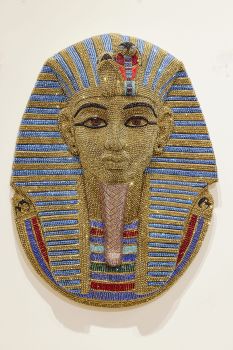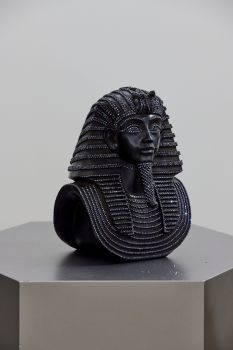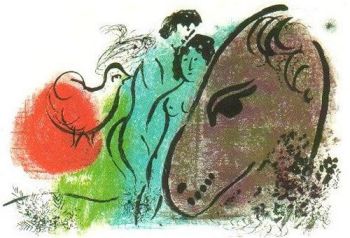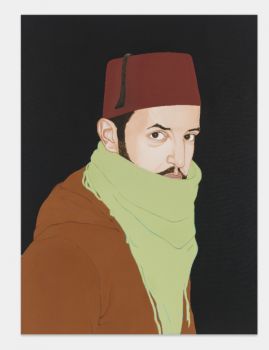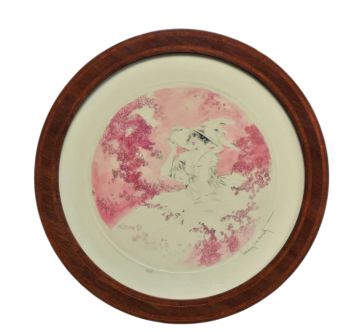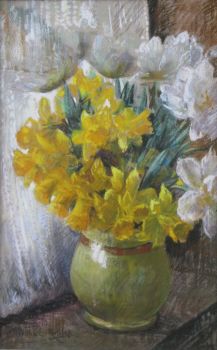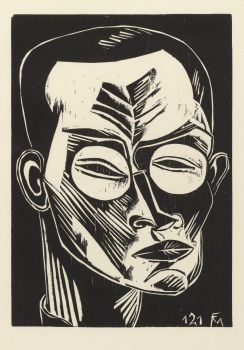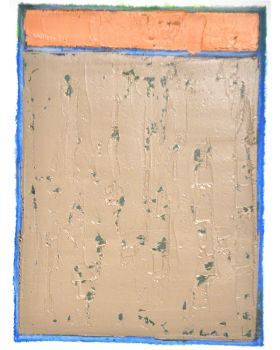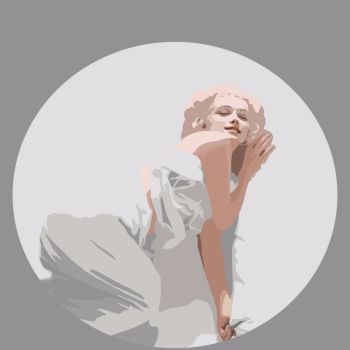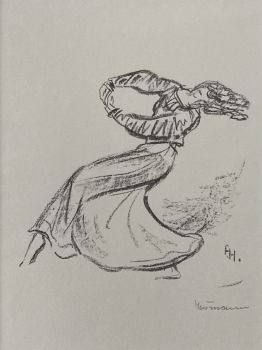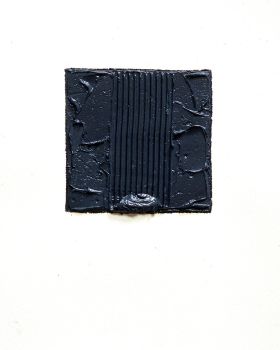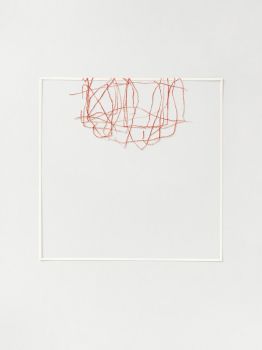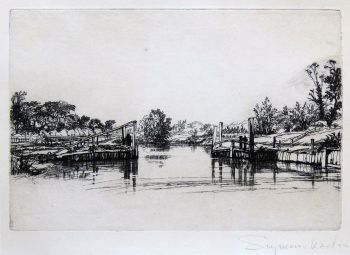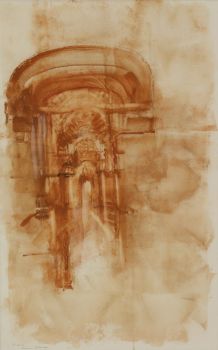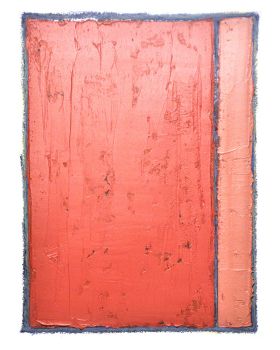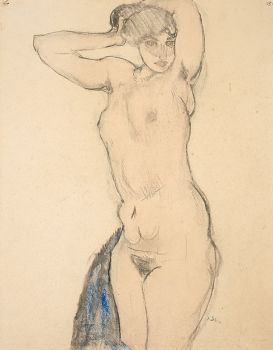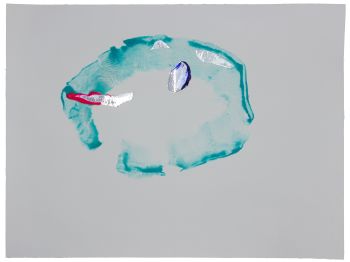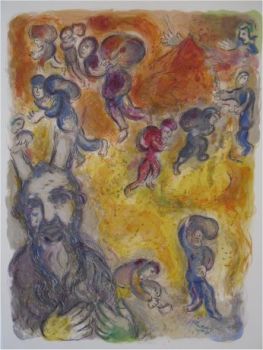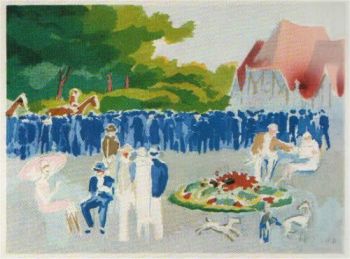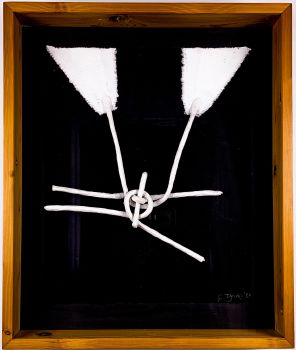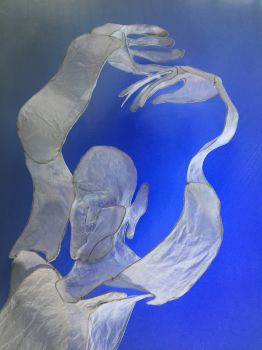Savary’s literary letters on Egypt, in attractive contemporary binding 1788
Claude-Etienne Savary
PaperLeather
Currently unavailable via Gallerease
- About the artworkBrieven over Egypte.
Amsterdam, Martinus de Bruyn, 1788-1789. 3 volumes. 8vo. With 4 numbered engraved folding plates, including maps of Egypt and northern Egypt, a plan of Alexandria, and a cross-section of the Great pyramid. Contemporary mottled calf, richly gold-tooled spines and binding edges.
Surprisingly rare first and only edition of the Dutch translation of a collection of literary letters published after Savary's travels in Egypt (1777/79). Claude Étienne Savary (1750-1788) was a French Arabic scholar and traveller, known for his translation of the Quran and his posthumously published Arabic grammar. The letters provide, in a polished literary style, a broad overview of the country, treating its rich history, (historical) inhabitants, agriculture, trade, politics, religion, etc. The first two volumes detail his travels, while the third is pure didactic and treats Egyptian mythology, etc. "Savary was the first Frenchman to cite Arabic texts in a work of this nature, and indeed his knowledge of Arabic served him well in his travels at a time when there were many difficulties for the European explorer in Egypt" (Blackmer)
Only the flyleaves and title-pages are slightly foxed, otherwise in very good condition, nearly untrimmed. Bindings only slightly rubbed along the hinges, otherwise very good and attractive bindings.
STCN (2 copies); WorldCat (4 copies, incl. 2 the same); cf. Blackmer 1492/977; Gay 1622; Howgego, to 1800, S53. - About the artistClaude-Étienne Savary (1750, Vitré – 1788) was an orientalist, pioneer of Egyptology, and traveller, known for his translation of the Quran and his posthumously published Arabic grammar. His Lettres sur l’Égypte (Letters on Egypt), published in Paris in 1785-1786, provide, in a polished literary style, a broad overview of the country, treating its rich history, (historical) inhabitants, agriculture, trade, politics, religion, etc. The first two volumes detail his travels, while the third is pure didactic and treats Egyptian mythology, etc. The Dutch translation Brieven over Egypte was published in Amsterdam in1788 and 1789 in three volumes. Having left for Egypt in 1776 Savary stayed at Alexandria, Rosette and Cairo and visited a number of Greek isles. Savary’ letters are one of the first literary accounts of journeys in Egypt. Other publications by his hand: Le Coran, traduit de l’arabe (Paris/Amsterdam/Leyde, 1782-1783), Morale de Mahomet (Paris, 1784), Lettres sur la Grèce, faisant suite de celles de l'Égypte (Paris,1788) (particularly describing the isles of Rhodes and Crete), Grammaire de la langue arabe vulgaire et littérale (Paris, 1813, a posthumous work).
Artwork details
Related artworks
Antonie Derkinderen
Memory book Exhibition of Dutch Painting1892
Price on requestKunsthandel Pygmalion
Tilmanus Nicolaus Maastricht
Missale Romanum with Dutch silver mounts1788 - 1792
Price on requestJacob J. Roosjen SRI
Engelbert Kaempfer
ENGELBERT KAEMPFER BOOK1651 - 1716
Price on requestZebregs & Röell - Fine Art - Antiques
Yoko Ono
YOKO ONO: "ARISING" SIGNED BOOK PLUS SMALL ARTWORK 2010 - 2014
Price on requestGallerease Selected
Tilmanus Nicolaus Maastricht
Missale Romanum with Dutch silver mounts1788 - 1792
Price on requestJacob J. Roosjen SRI
Engelbert Kaempfer
ENGELBERT KAEMPFER BOOK1651 - 1716
Price on requestZebregs & Röell - Fine Art - Antiques
Antonie Derkinderen
Memory book Exhibition of Dutch Painting1892
Price on requestKunsthandel Pygmalion
Hermann Nitsch
"UNDER MY SKIN" Signed book incl. small artwork and DVD in a matching box2010 - 2014
Price on requestGallerease Selected
1 - 4 / 22- 1 - 4 / 8
- 1 - 4 / 24

